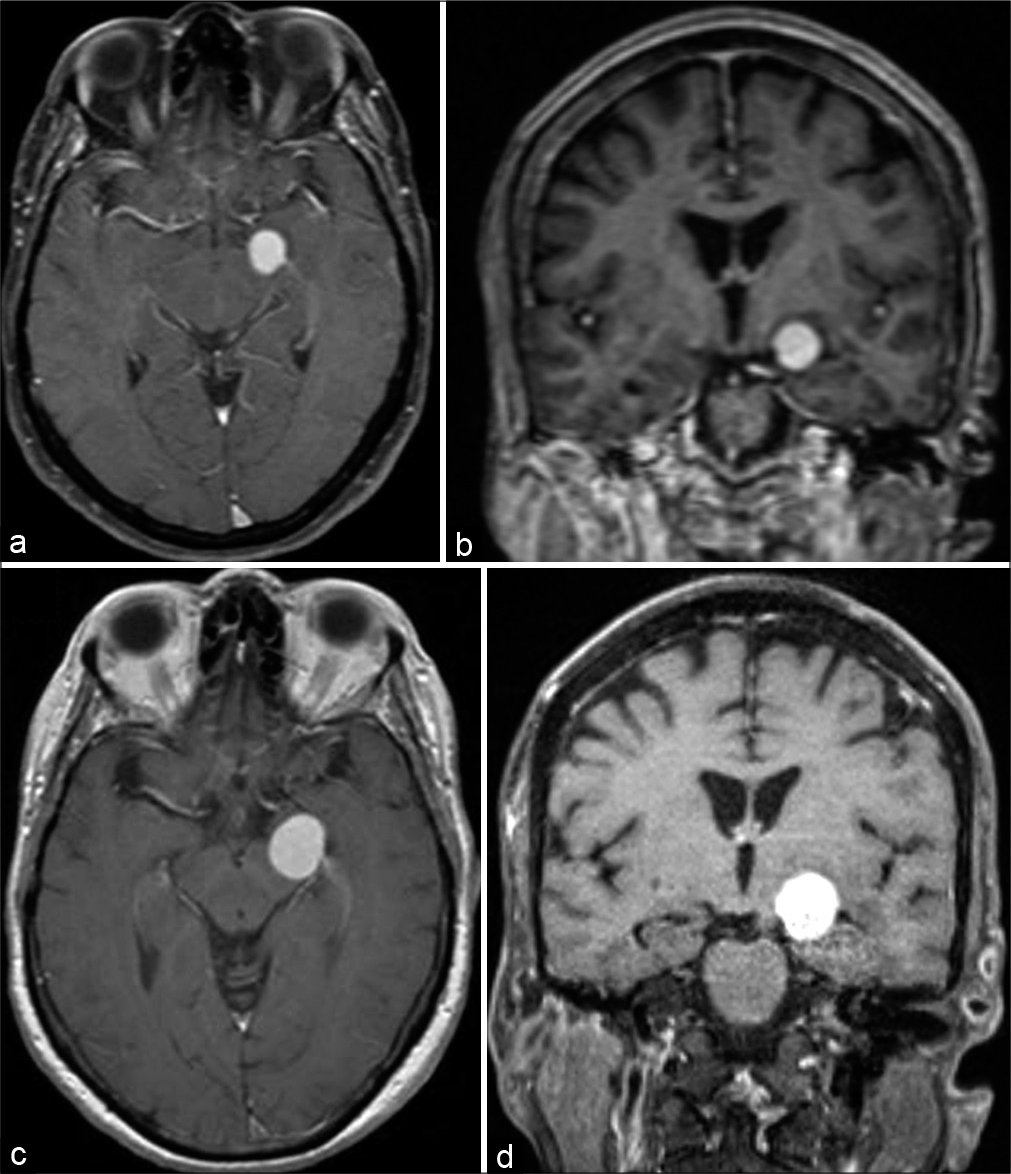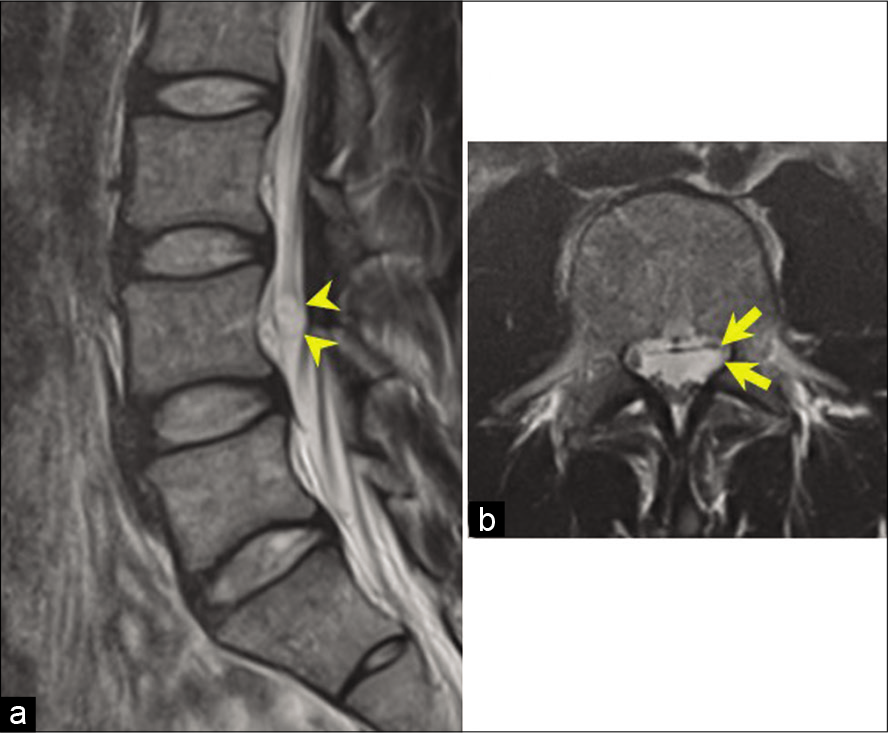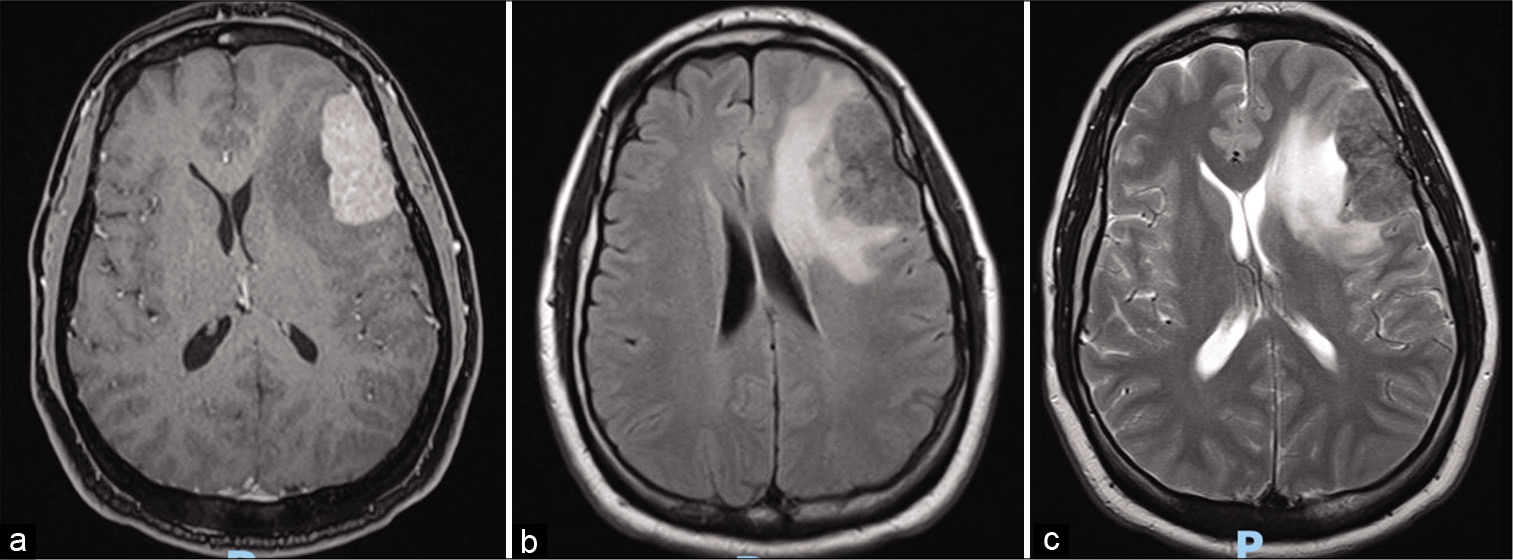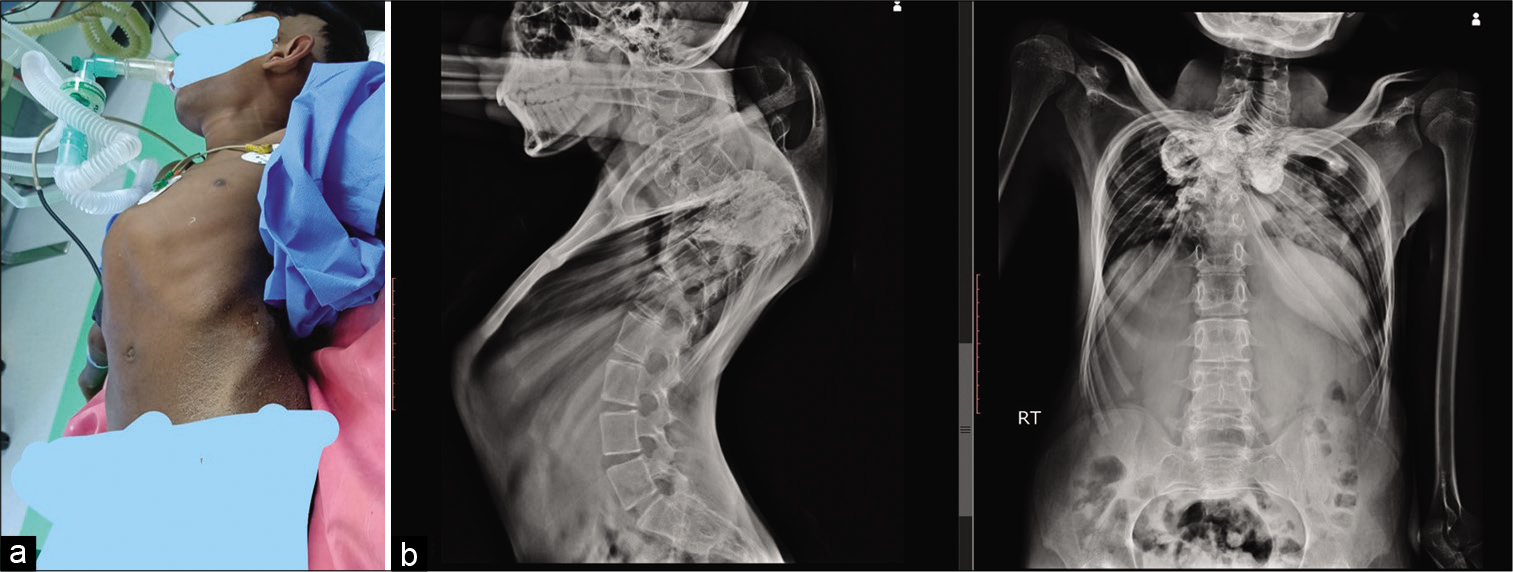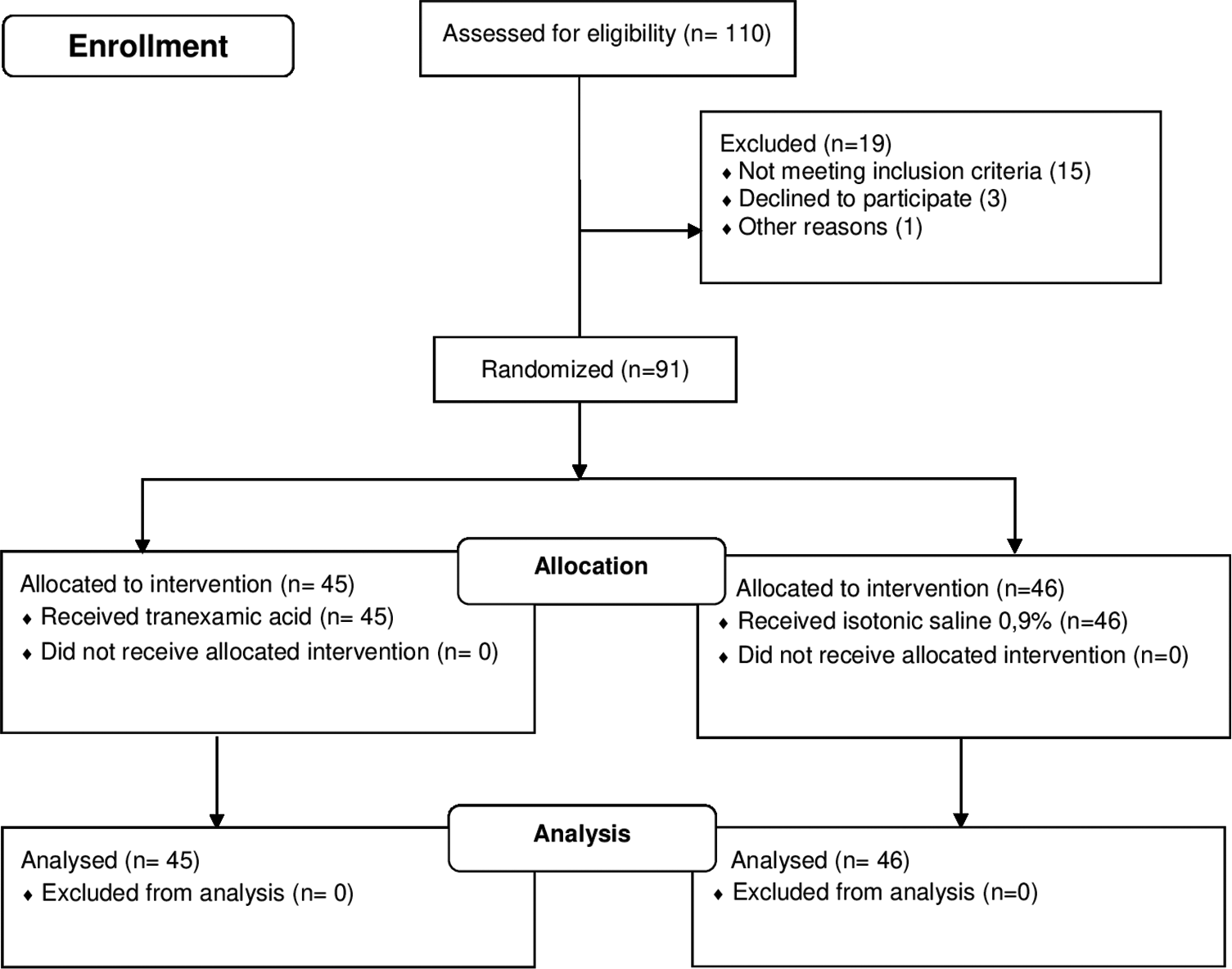Inflammatory myofibroblastic tumor masquerading as an anterior choroidal artery fusiform aneurysm
Date of publication: 21-Jun-2021
Background: Inflammatory myofibroblastic tumor is a rare, poorly understood tumor that has been found to occur in almost every organ tissue. Its location within the central nervous system is uncommon, and patients tend to present with nonspecific symptoms.
Heterologous spinal cord transplantation in man
Date of publication: 21-Jun-2021
Ocular ischemic syndrome due to severe internal carotid artery stenosis improved by intracranial stent placement: A case report
Date of publication: 21-Jun-2021
Background: Treatment of cervical internal carotid artery (ICA) stenosis has contributed to the improvement of ocular ischemic syndrome. However, there have been few cases of visual impairment caused by ocular ischemic syndrome due to intracranial ICA stenosis, which improved through intracranial stent placement.
Small L4 ventral root schwannoma with acute onset of radicular pain: A case report
Date of publication: 21-Jun-2021
Background: Patients with cauda equina schwannomas usually present with slowly progressive radiculopathy. Herein, we describe a 34-year-old male who presented with acute radiculopathy attributed to a small L4 ventral root schwannoma.
Rosai-Dorfman disease mimicking images of meningiomas: Two case reports and literature review
Date of publication: 21-Jun-2021
Background: Rosai-Dorfman disease (RDD) is a rare non-Langerhans cell histiocytic proliferative disorder classically as a massive cervical lymphadenopathy. However, over the years, extranodal locations were confirmed with the central nervous system involvement in less than 5% of cases, which is marked as a significant differential diagnosis of meningiomas, with which they are widely confused due to the similarity of their radiological images.
Careening intracranial bullets: An existing entity?
Date of publication: 21-Jun-2021
How do we learn?
Date of publication: 21-Jun-2021
Infundibular hemangioblastoma resection: Video case report
Date of publication: 21-Jun-2021
Background: Hemangioblastomas are benign (World Health Organization Grade I), highly vascular neoplasms commonly associated with Von Hippel-Lindau (VHL) disease.[
Preoperative management through modified halo-pelvic distraction assembly in a case of severe thoracic spine kyphosis
Date of publication: 14-Jun-2021
Background: Halo-traction device has been seen with favorable outcome in managing the patients with severe kyphotic deformities preoperatively, however, associated complications are inevitable. Slight modifications can improve the outcome and clinical efficacy.
Intraoperative tranexamic acid use in patients undergoing excision of intracranial meningioma: Randomized, placebo-controlled trial
Date of publication: 14-Jun-2021
Background: Intracranial meningioma resection is associated with substantial intraoperative bleeding. Intraoperative tranexamic acid (TXA) use can reduce bleeding in a variety of surgical procedures. The objective of this study was to evaluate the effects of TXA treatment on blood loss and transfusion requirements in patient undergoing resection of intracranial meningioma.


